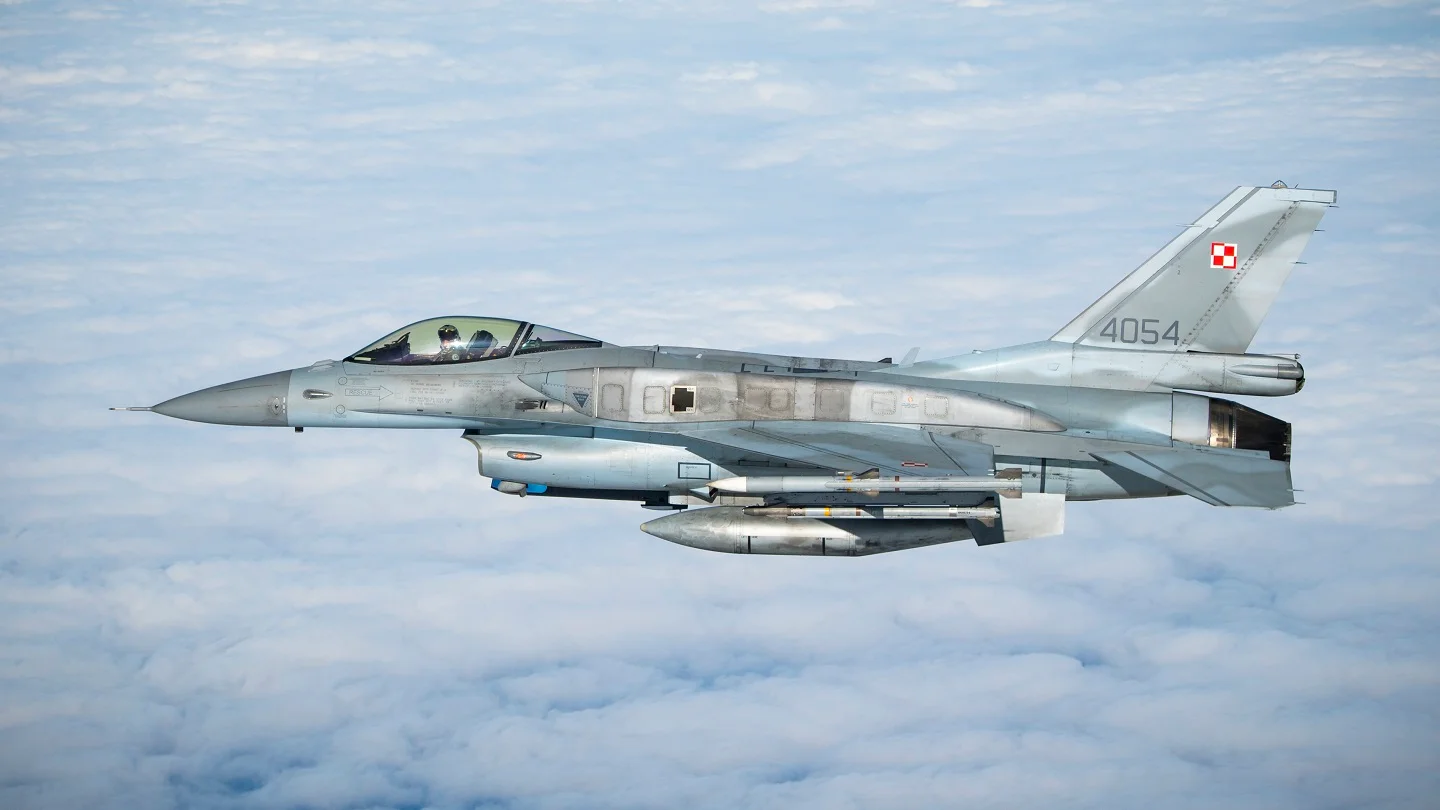Poles Explain Why Their F-16 Pilots Do Not Shoot Down russian Missiles and Shahed Drones
In the context of russia’s massive strikes on the territory of Ukraine, the question constantly arises as to why Poland does not shoot down even those russian missiles or drones that directly enter its territory. However, the Poles constantly report that during each massive russian attack on the territory of Ukraine, they raise their F-16 aircraft into the air for combat duty.
It is interesting that the Poles decided to discuss this issue with Romanian journalists from Defense Romania. They were invited to a press tour to Poland to meet with diplomatic representatives and military leadership.
According to the authors of this publication, the Poles explained to Romanian journalists why F-16 fighters of the Polish Air Force do not shoot down кussian missiles and drones, and why these aircraft are even alerted.
The answer to this question was quite specific. The Poles explained to the Romanians that according to their national law, a pilot has the right to open fire only after he has made visual contact with an air target that he sees on the radar.
According to the Poles, in current circumstances, this rule makes some sense, since it is necessary to make sure that it is a russian airborne threat, but not a helicopter or other aerial vehicle of the Defense Forces of Ukraine, which could accidentally violate the state border with Poland in the midst of an anti-aircraft warfare, before opening fire on a target.

At the same time, the Poles recognize that they are essentially limiting themselves in this way in their ability to give an adequate response to the Kremlin, which is constantly trying to provoke NATO and at the same time test Poland’s air defense.
In their comments to Romanian journalists, the Poles admitted that in almost all cases, russians deliberately targeted their missiles and drones at Polish airspace. In this way, they tested the reaction of official Warsaw to such episodes.
The Romanians made the following conclusion: the so-called red lines in terms of supporting Ukraine, especially with regard to the request for NATO to help shoot down russian airborne threats, need to be overcome. Moreover, practice shows that NATO countries “draw” these “red lines”, due to the peculiarities of national legislation.
Earlier War Ukraine-Russia News Hub reported that the United States was “Close to Agreement” on JASSM for Ukraine, allowing strikes deep in russia.

